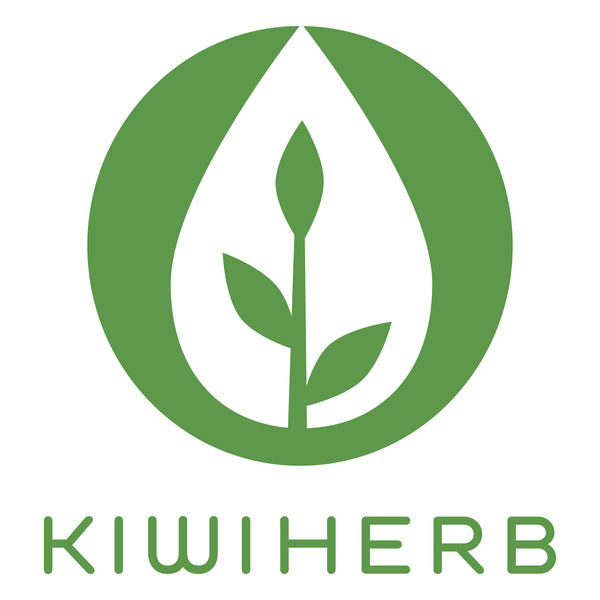Green Tea

Botanical name: Camellia sinensis
Common name: Green Tea
Part used: leaf
Tea has a long history of medicinal and culinary use dating back over 5000 years in a number of Asian countries. It was used in traditional Chinese and Ayurvedic medicine systems for a variety of health conditions, from heart health and regulating body temperature and blood sugar, to improving digestion, mental function and eyesight.
Green tea, the unoxidised leaf of Camellia sinensis, contains nearly 4000 bioactive compounds, with the health promoting effects largely attributed to the most-therapeutically active catechins (flavanols), together with the flavonols (predominately kaempferol, quercetin, and myricetin), which collectively make up approximately 30-40% of green tea fresh leaf dry weight. Green tea contains a higher polyphenol and lower caffeine content than black tea (which is fully-oxidised, therefore a higher caffeine content), with approximately 2-5% caffeine of dried leaf weight. The polyphenols in Green Tea have been shown to reduce fine lines, wrinkles and pigmentation changes in the skin. Its antioxidant activity protects against sun-induced oxidative damage and premature skin aging.
Green tea consumption has been suggested to improve the healthy functioning of several body systems, particularly with regards to diseases that have an underlying inflammatory or immune dysfunction.
Return to our Herb Profiles.

